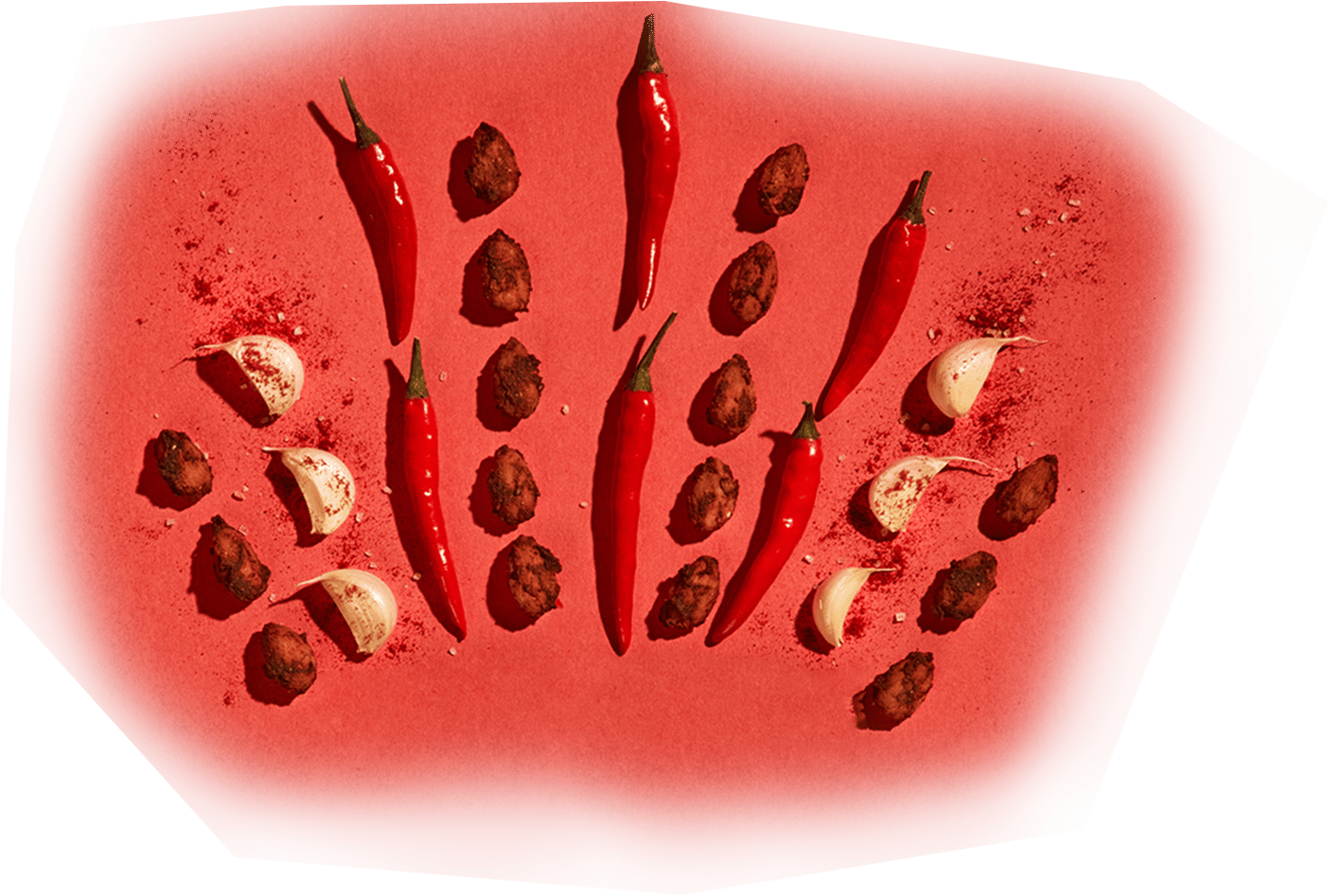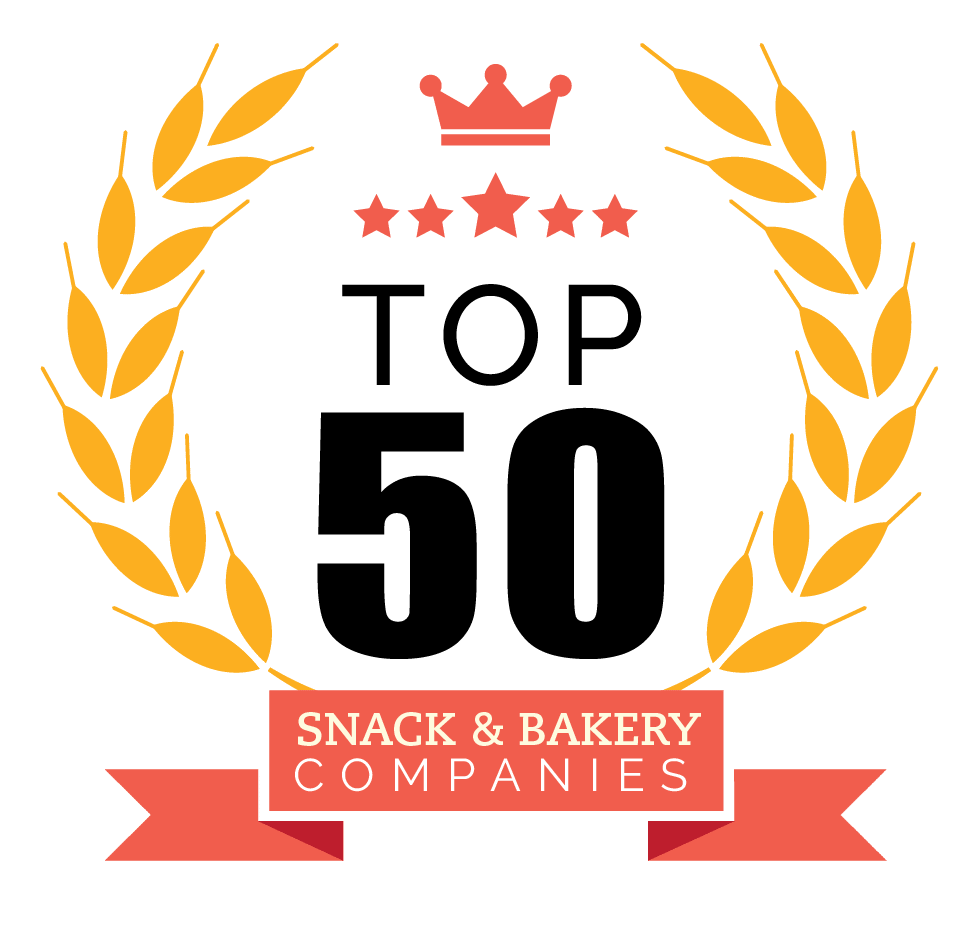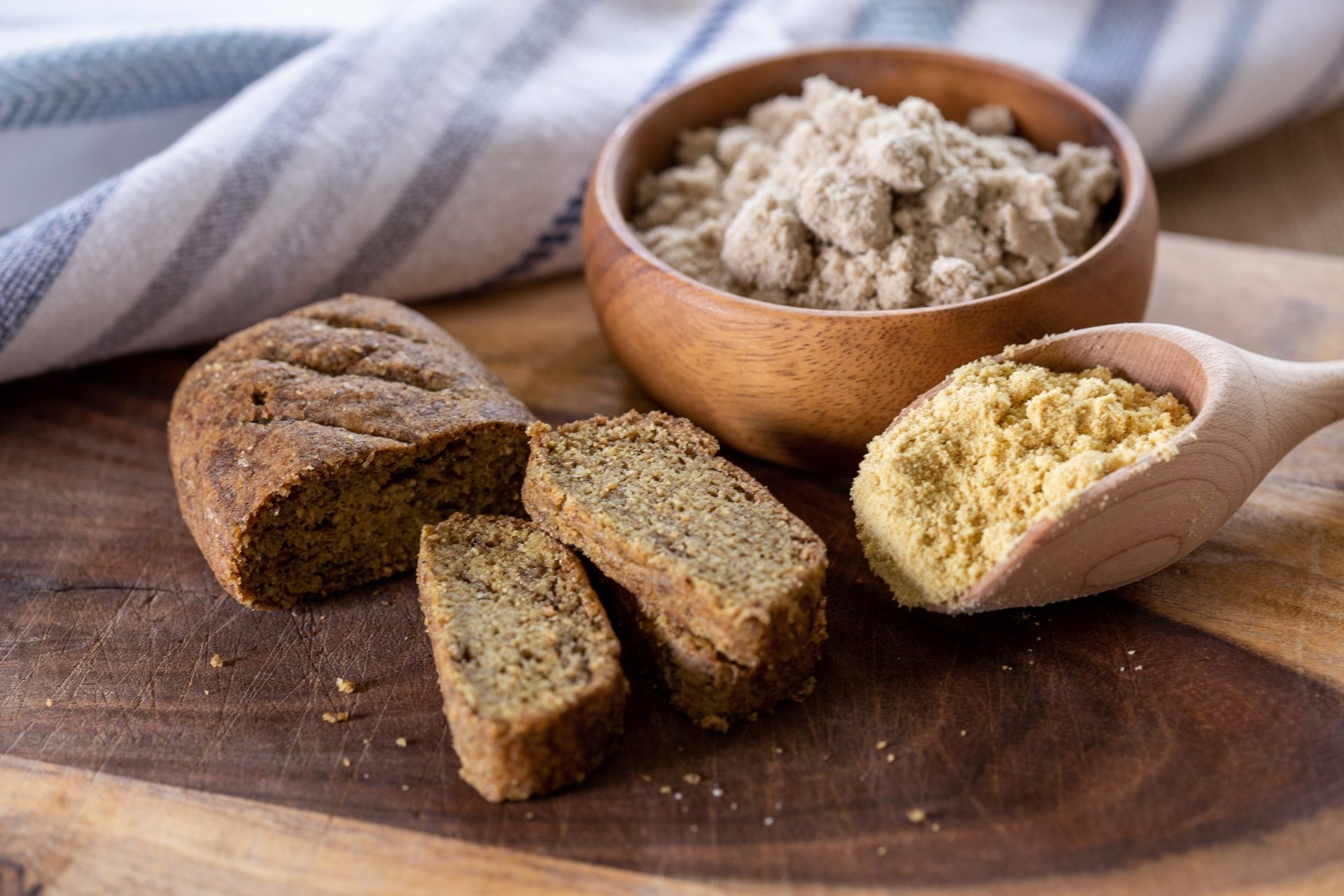Inflation continues to eat away (no pun intended) at the food budgets of the average U.S. consumer. The effects are being felt by all manner of businesses, from restauranteurs serving fewer diners in their establishments to many snack and bakery producers moving fewer units than pre-pandemic days.
One sign of times continuing to be tough is the price of a loaf of bread, frequently used by economists as a bellwether of economic hardship. According to the U.S. Bureau of Labor Statistics, the country’s average per-pound price of white bread was $1.55 at the start of 2022. When the year 2023 kicked off, that same pound of bread cost shoppers $1.89—a 22% price increase in just 12 months.
Jenni Spinner, Chief Editor
Liz Parker, Senior Editor
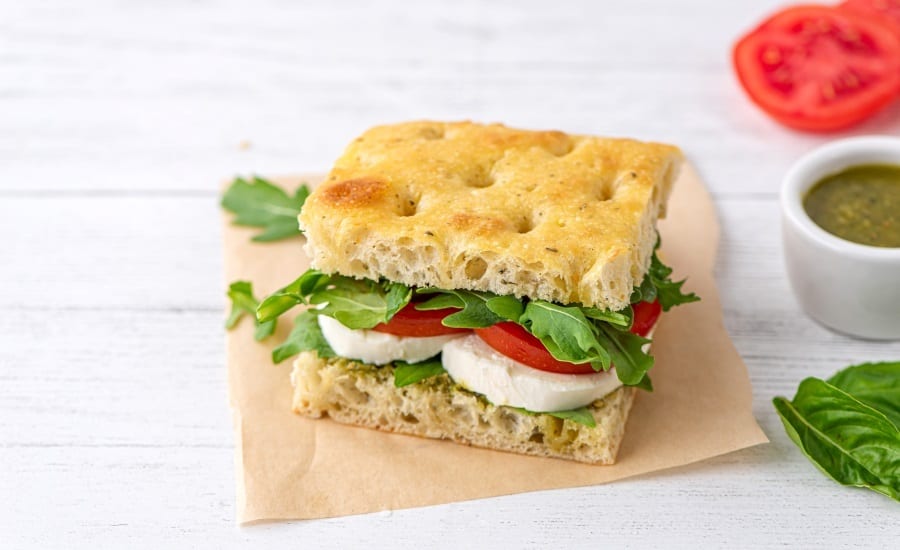
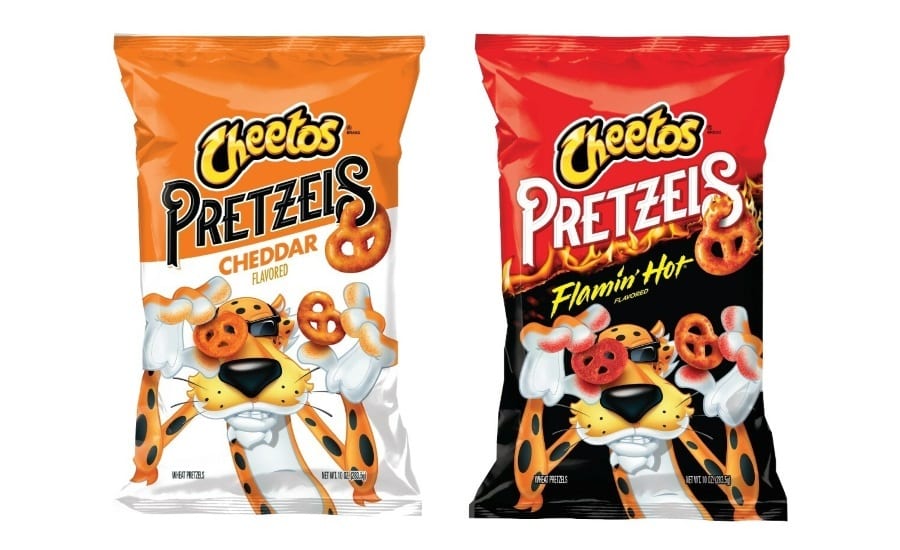
Courtesy of PepsiCo
Courtesy of Rich Products
Still, there are plenty of reasons snack and bakery companies have to look on the bright side in 2023. If you’ve read the industry breakdowns in Snack Food & Wholesale Bakery’s State of the Industry coverage (check out our June 2023 digital edition for the bakery view, and the July 2023 digital edition for the snack side), you may have noticed that a number of categories and companies saw healthy sales increases, with unit sales either holding the line or ticking up a bit.
The top-ranked snack and bakery companies seemed to have the most to celebrate in recent months. Looking at the top 10 companies on SF&WB’s Top 50 list for this year, nearly all of them saw revenue increase modestly or impressively (the exception, sixth-ranked CJ CheilJedang, fell a bit from $26 billion to $22.2 billion). The rest of the list had ups and downs, but thanks to a combination of ingredients—product innovation, cost conservation, operational streamlining, and more—the companies leading the industry have endured through a long list of challenges to continue thriving and leading the pack.
* Estimated, privately held company
1 Based on current exchange rates
AT A GLANCE
KEY PERSONNEL
Victor Mehren, CEO
Jennifer Bauer, chief marketing officer
Chris Caswell, chief financial officer
Mike Illum, chief customer officer
Jacobo Capuano, chief supply chain officer
Amy Monkowski, senior director, human resources
Melanie Ayles, senior director, quality & R&D
Top 10 highlights
Nestlé S.A. The global food powerhouse came out on top of our Top 50 again this time around. The company’s various brands offered a range of notable innovations—the frozen pizza label DiGiorno, for example, recently introduced its Classic Crust iteration, with a thinner crust than other offerings in the line. Its Hot Pockets heat-and-eat sandwiches introduced a notable collaboration with famed YouTube channel Hot Ones, keeping things spicy for the brand.
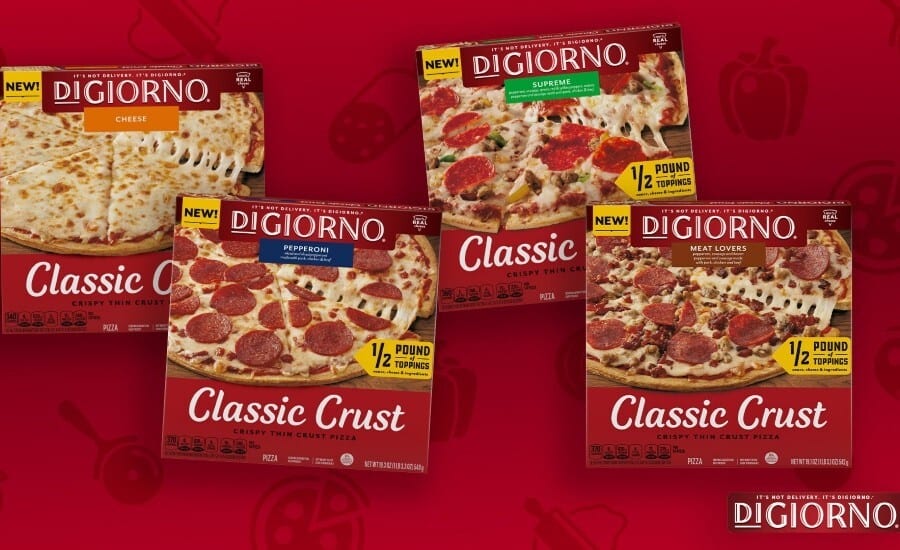
Courtesy of Nestlé USA
Mondelēz International Generation X and Boomer consumers may remember when the Oreo cookie brand offered two varieties only: the traditional, and upsized Double Stuf. Fast forward to 2023 and the brand (now under the Mondelēz umbrella) comes in scores of sizes, Stuf levels, and creative flavors (the Red Velvet cookies were brought back this year). Additionally, the company recently offloaded its gum business to Perfetti Van Melle, in order to permit a stronger focus on its remaining cookie, baked snack, and candy business.
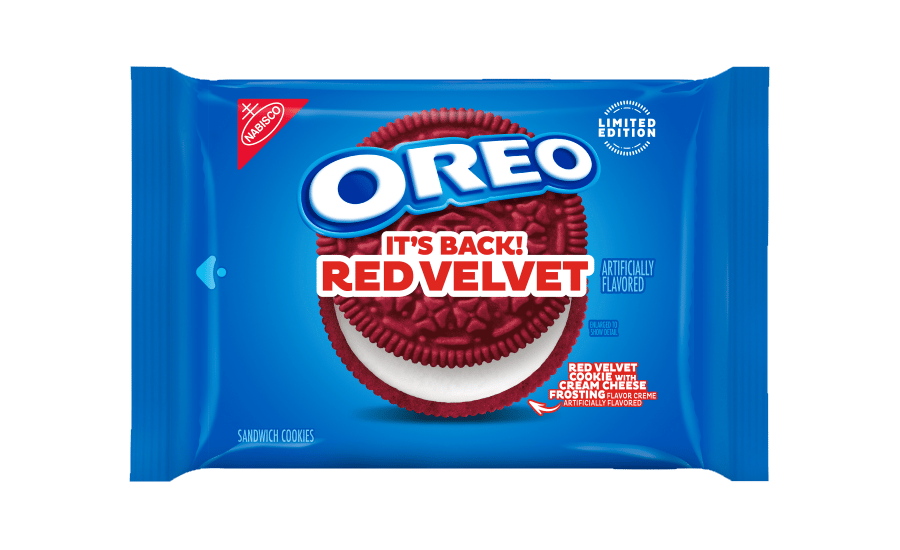
Courtesy of Mondelēz International
Grupo Bimbo The Mexico-based bakery business saw a significant increase in sales from 2021 to 2022—a jump from $16.9 billion to $10.18 billion USD in just one year, which is nothing to sneeze at. Product innovations among its various brands abounded, including a slate of new items under the Thomas’ label (such as its Everything Mini Bagels and Keto Bagel Thins). The producer’s focus on innovation includes the returning Bimbo Open Door program, aimed at encouraging new ideas and opportunities in the field by working with promising startups, focusing on the cookie and energy bar sectors.
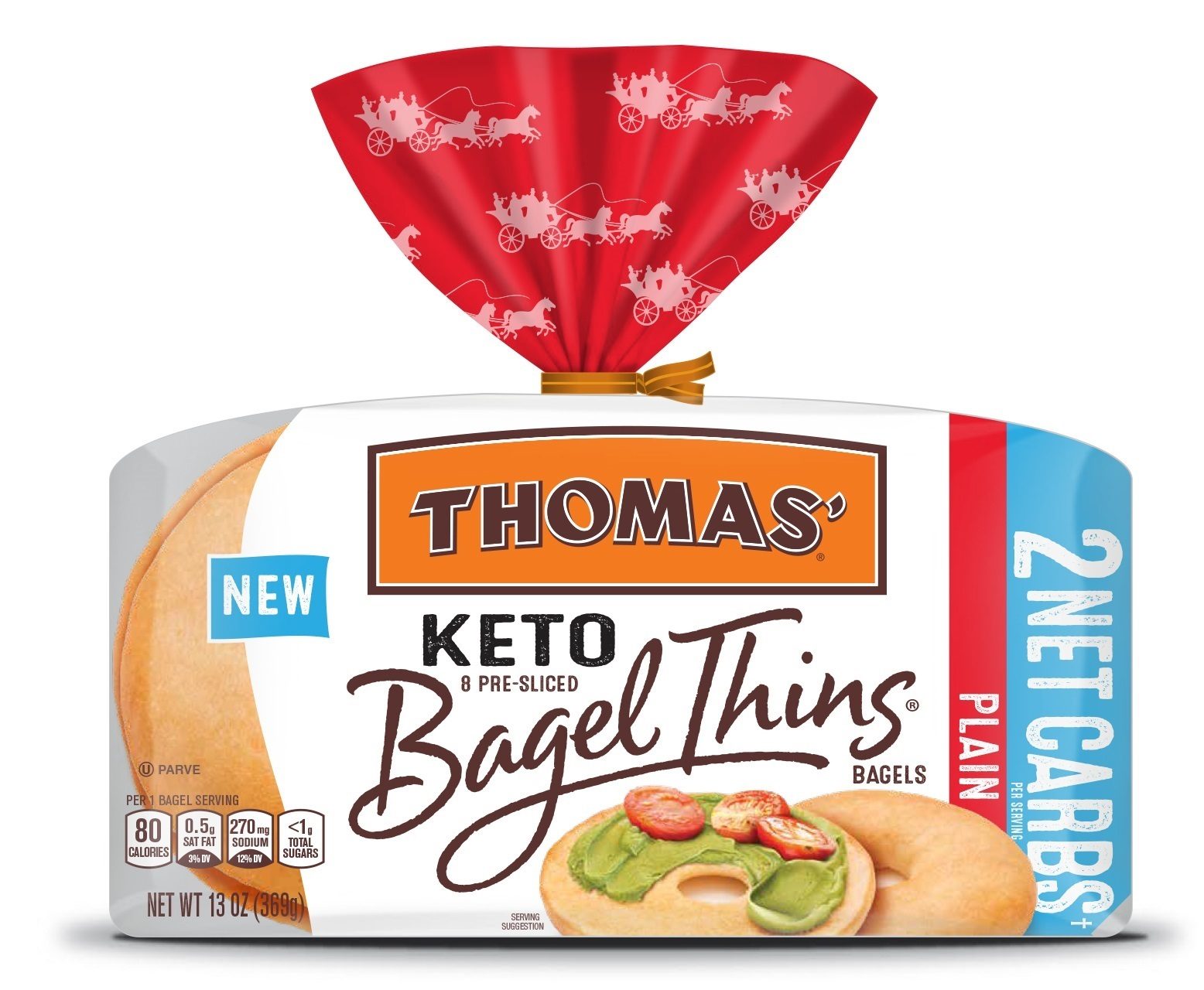
Courtesy of Grupo Bimbo
Kraft Heinz Over the summer, the company announced an impending changing of the guard, with Carlos Abrams-Rivera (formerly executive vice president and president of its North America Zone) slated to take the reins as CEO in January 2024. The announcement follows news of three additions to the North America Zone leadership; in that announcement, Abrams-Rivera advised keeping an eye out for increased innovation and growth.
Other Top 50 highlights
Hostess Brands and J.M. Smucker Co. Hostess Brands, which landed at the No. 24 spot on this year’s list, has been snapped up by J.M. Smucker Co. The latter company has bought up other snack and bakery operations, like nut-centric producer Sahale Snacks, in recent years. However, with a reported price tag of $5.6 billion, its purchase of Hostess is its biggest buy to date. Smucker followed news of the purchase with the formation of its Sweet Baked Snacks strategic business area, signaling that the acquisition of the Twinkies and Ding-Dongs maker is likely just the beginning of its planned growth in the field.
Utz Quality Foods The company ushered in a new CEO with the hiring of Howard Friedman toward the end of 2022. Its leadership also announced a list of bold “optimization initiatives” (consolidating operations, bolstering industry partnerships, and more), aimed at making the company leaner and better primed for future growth. The producer and its various divisions also continued with product innovations, including spicy, sweet potato chips flavored with Mike’s Hot Honey.
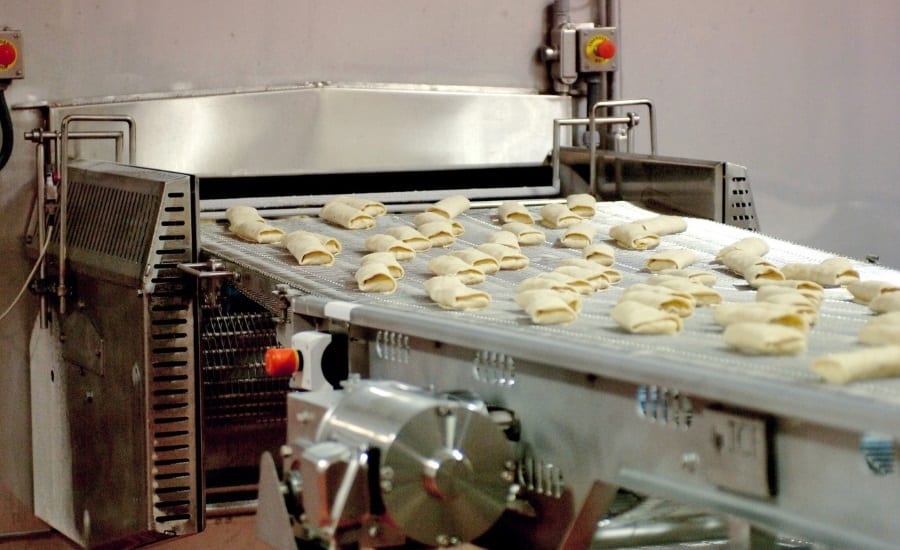
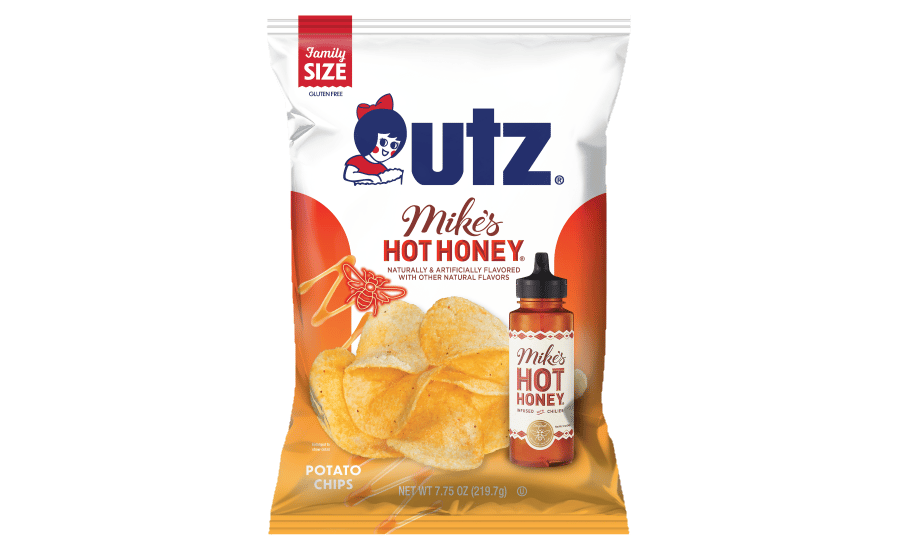
Courtesy of Utz Quality Foods
Courtesy of Ruiz Foods
Krispy Kreme The company name is most closely associated with doughnuts, but the company (founded back in 1937) has grown beyond just offering the sweet baked treats, with Insomnia Cookies and other operations now owned by the firm. However, the mothership has hinted at the idea of offloading the late-night cookie chain to focus on its core business, which includes both KK restaurant locations as well as prepackaged doughnuts sold at Walmart and other grocery retailers.
TreeHouse Foods Another example of big producers selling off divisions or assets to enable a shift in business focus, TreeHouse recently wrapped the sale of its private-label snack bar business and facility to John B. Sanfilippo & Son (the price tag: around $61 million). Letting go of the Lakeville, MN facility and business, which the company acquired when it bought the Private Brands business seven years ago, reportedly will enable TreeHouse leadership to spend more time and energy building other areas of the operation.
Ruiz Foods With interest in Latino-inspired foods and cuisines continuing to attract consumers, this company (ranked 39 on this year’s Top 50 list) could be a good choice to keep an eye on in coming years. At the end of 2022, the company acquired Culinary International, a contract manufacturer specializing in frozen and refrigerated Mexican delectable. Then, in another growth move announced in September, the company announced a 150,000-square-foot expansion to one of its facilities. The planned upgrades to the facility will ready the company for future growth.



